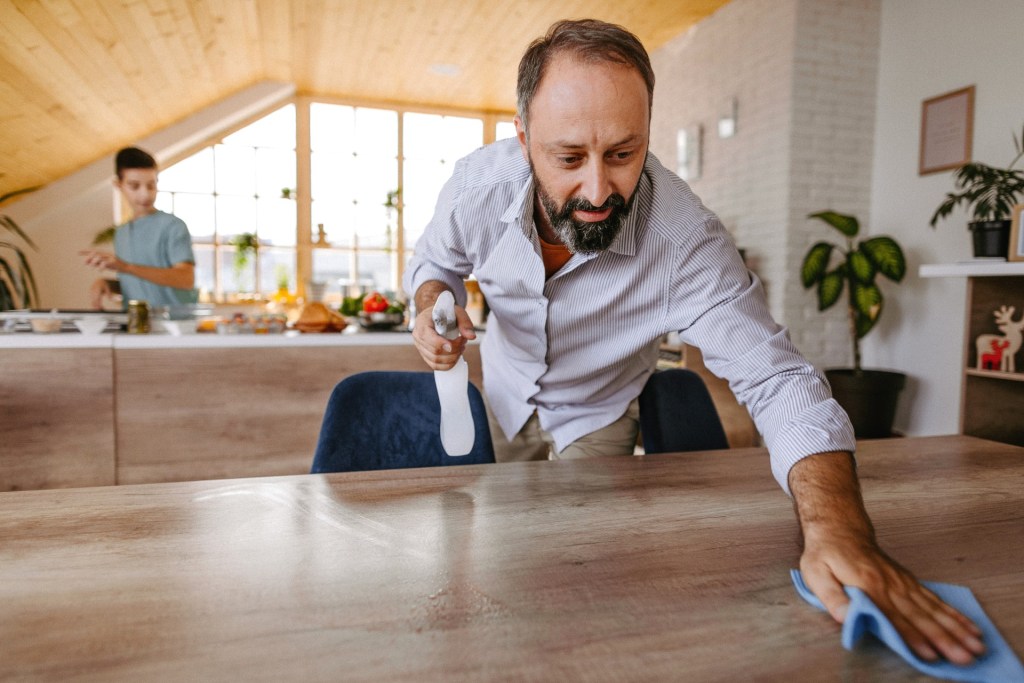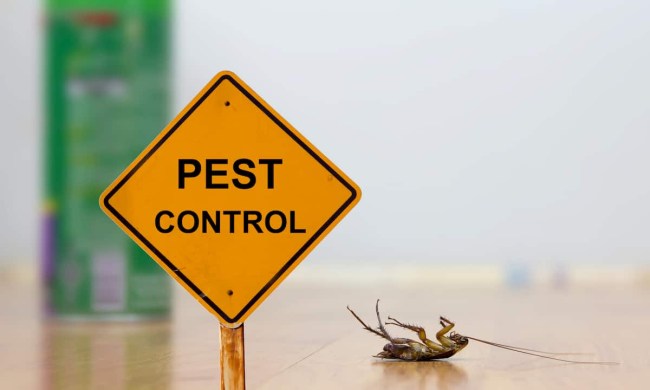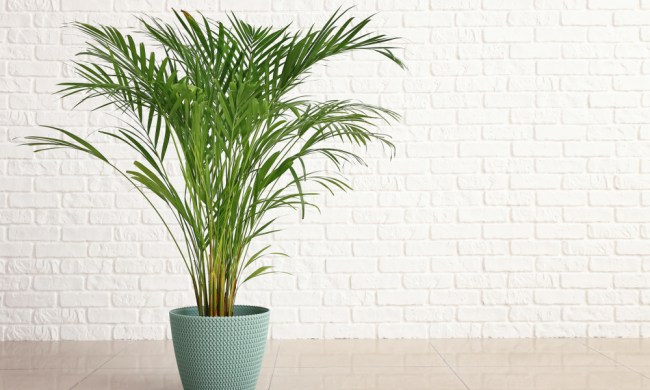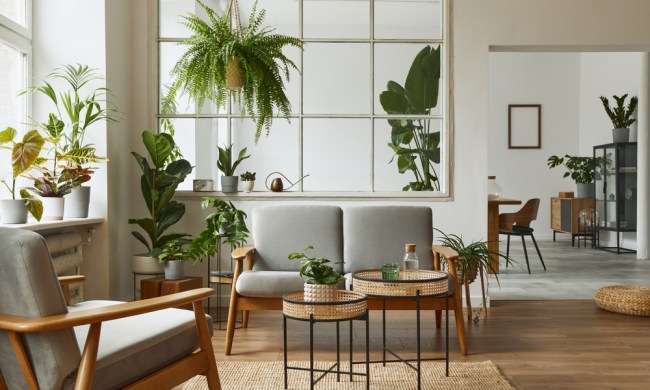Finding ants in your home is equal parts disgusting and frustrating. You may wonder, “Why can’t they just leave us alone and how are they finding their way inside?!” There is a way to keep those creeps out. And it’s nontoxic. It’s a 50/50 mixture of vinegar and water, which you can use to wipe away their trail so no other pests will get the same idea. Use vinegar to repel ants. It’s a simple solution!
White vinegar works well in this mixture, as does apple cider vinegar. Both types of vinegar work equally well when mixed with water, so whichever you have on hand will work.

Do all bugs hate vinegar?
While aphids and fruit flies are exceptions, many insects and bugs can’t stand the scent of vinegar. When you discover an incoming pest invasion, your best bet is to load up a spray bottle with the vinegar-water mixture and start spraying around keyholes, crevices, and entrances that they come in through (give a good once-over where they might be sneaking through). You can also spray the outside of your home — doors, windows, and other potential openings.
The reason you spray areas inside and outside of your home is because ants follow scent trails left by a scout from their colony. By spraying the vinegar-water mixture and wiping down surfaces, you destroy these scent trails. This way, ants will stop treating your home like a mini-mart.
And, if you’re not a fan of spiders, either, you should know that they don’t like the scent and taste of vinegar, too, so they will stay far, far away if they sense it. You can spray the mixture and wipe down surfaces where you commonly see eight-legged visitors for the best results.

What other scents repels bugs?
In addition to vinegar, insects and bugs are very sensitive to a variety of scents. If you want to explore more options beyond vinegar, you can try out some of the following scents to keep those pests away:
- Basil
- Peppermint
- Garlic
- Cayenne pepper
- Lavender
- Lemon grass
- Rosemary
When it comes to using these scents to repel bugs, there are different methods of utilizing them. You can plant certain aromatic herbs and plants, such as basil, lavender, lemongrass, and rosemary around your home and garden to keep invaders away. Other scents like garlic, peppermint, and cayenne pepper can be mixed with water and sprayed around the home.
Keeping ants, insects, and other bugs away from and out of your home can be a real hassle without the right tools. Luckily, vinegar mixed with water is a great solution to this issue. Everyone has vinegar on hand, and mixing it with water can be a great way to help keep your home pest-free. Vinegar is nontoxic, organic, affordable, and easy to use. It is the perfect way to repel those pests and keep your home clean. Just make sure you keep your home clean and that you safely store your food.
So stop being frustrated and start spraying.



